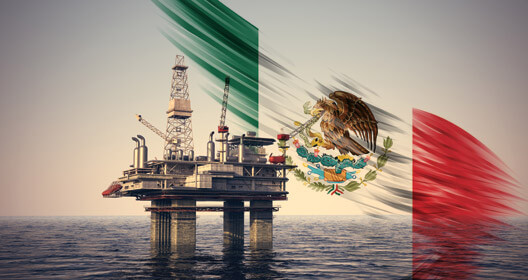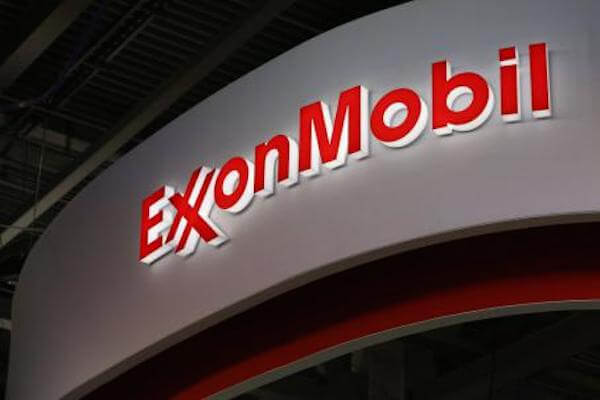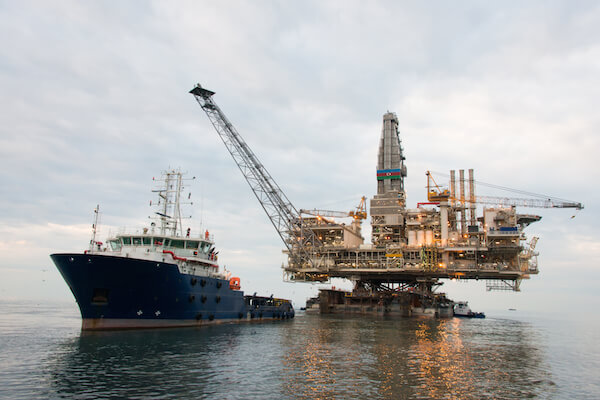San Antonio-based refiner Valero to spend $200M in Mexico
May 25, 2017 Updated: May 25, 2017 4:10pm
From: Express News
By Rye Druzin [email protected] @druz_journo
“Investors at an energy expo in Mexico City last week got a sneak peek at San Antonio-based Valero Energy Corp.’s plans to spend $200 million building new fuel storage across the border.”
“Valero executives at the Onexpo conference May 17-19 said their investment would pay for 1.6 million barrels of storage in three locations. The largest terminal would store 925,000 barrels in the Gulf Coast city of Altamira in Mexico’s Tamaulipas state and would supply refined fuels into Mexico, according to reporting by Mexican newspaper Milenio.”
““Valero representatives recently met with potential clients about proposed plans to distribute Valero-branded fuels in Mexico,” Valero spokeswoman Lillian Riojas said in an email. “The plans are in the works and continue to evolve as we hone our strategy to further serve the Mexico market.””
“Valero will also build a 325,000-barrel terminal in Monterrey and one in San Luis Potosi. The largest U.S. refiner will also allow its brand to be licensed by Mexican gas station owners.”
“Official’s with Energy Regulation Commission confirmed that Valero has applied for a permit to sell gasoline in Mexico, but said no further details were available.”
“The announcement comes after San Antonio-based refiner Tesoro Corp. was given the first ever contract to lease storage and pipeline capacity in northwestern Mexico from Mexico’s state-run oil and gas company Pemex. Tesoro will supply gasoline and diesel into the region, which Tesoro’s President and CEO Greg Goff estimated had a daily deficit of 150,000 barrels of refined fuels.”
“Mexico has faced fuel shortages and rising prices since the government announced in 2013 its intention to open its state-controlled energy sector to competition after nearly 80 years.”
“Valero’s investment came the same week Exxon Mobil said it will invest $300 million into fuel infrastructure and gas stations in Mexico over 10 years. British Petroleum or BP announced plans to establish 1,500 BP-branded gas stations across Mexico over five years, and other oil and gas companies have made announcements that they are entering Mexico’s fuels market.”
@druz_journo








